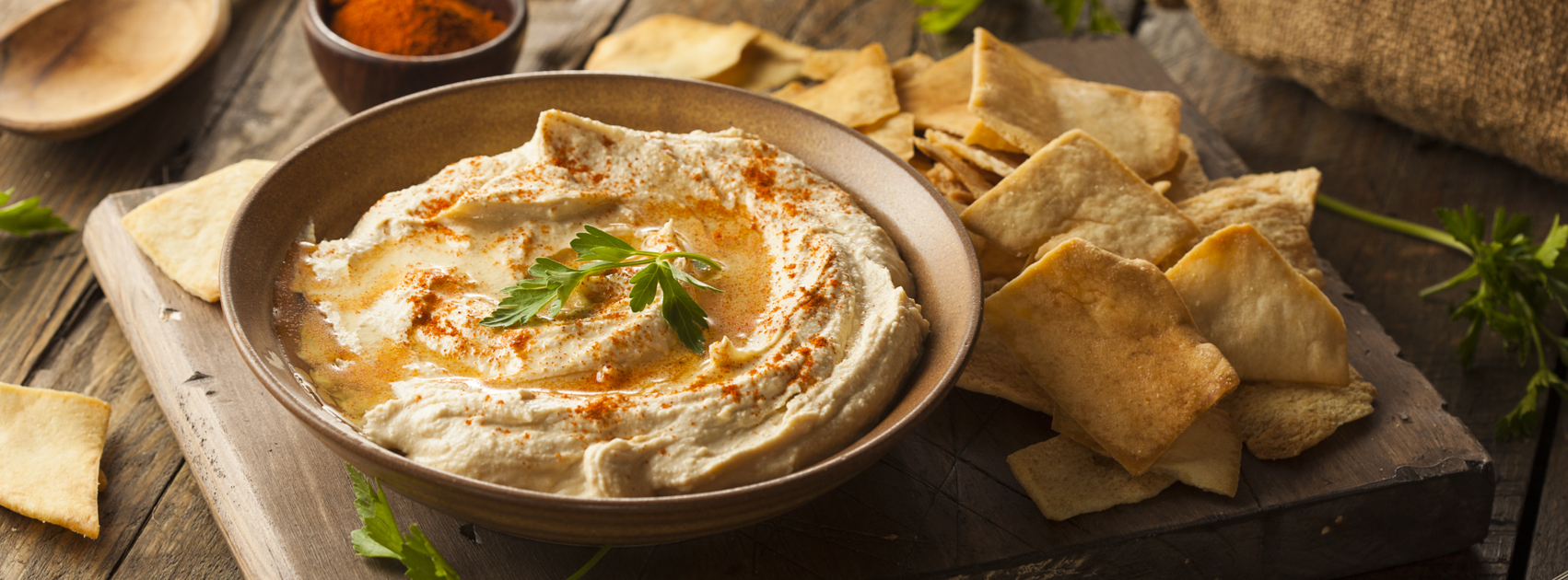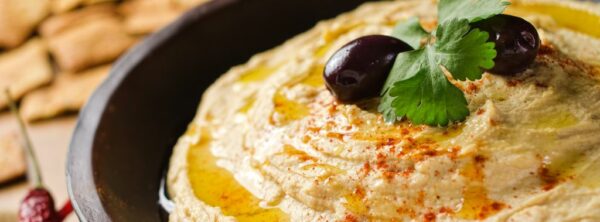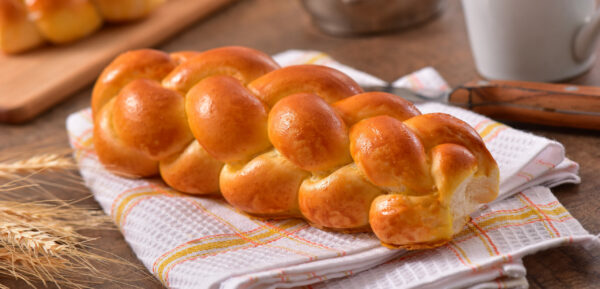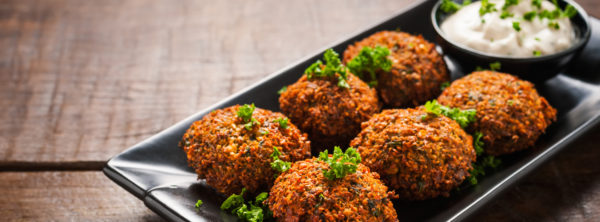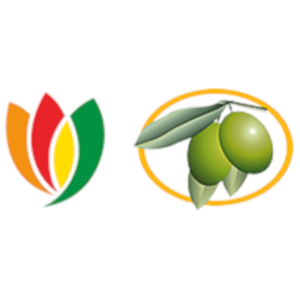It is hard to believe that the rich, fertile soil of Israel was once sandy and dry, bearing little in terms of edible culinary masterpieces. But today, the temperate climate allows for groves of citrus fruits, figs, pomegranates, olives, and grains to thrive. The result can be brought home to our tables in the form of delectable dishes that engage all of our senses.
Let’s take a look at a couple of well-known cuisines and ingredients, learn a little bit about their history, and see how you can bring them home to your own table…
Israeli Hummus
Hummus has a special place in the hearts of Israelis. Hummus is an Arabic word that means chickpea. Most of us are familiar with chickpeas; which are known to be grown in the Mediterranean and have been a staple food in the Jewish diet for thousands of years.
Hummus is a blend of chickpeas and tahini (a paste made of extra virgin olive oil and sesame seeds). Lemon juice, garlic, salt, and other spices are often added to spice up the flavor.
The ingredients are added together, typically in a food processor, and blended to a spreadable consistency. Although, you could opt for an even more authentic experience and use a mortar and pestle to hand grind the ingredients… but then, you would not get to enjoy the mouthwatering dish as soon!
Now, this is important…
In Israel, hummus is not an appetizer—it is the main course. It is enjoyed to the fullest and fills you up! Dip your vegetables and pita bread in this traditional dish… or enjoy toppings such as ground meat, sautéed mushrooms, or a hard-boiled egg.
King’s Valley Israeli Hummus
Ingredients
- 1 ½ cups dried chickpeas
- 1 ½ teaspoons baking soda
- 1/2 cup raw tahini
- 2 teaspoons fresh lemon juice
- 1 clove of garlic, crushed
- 1 teaspoon cumin
- Salt to taste
Toppings
- King’s Valley Extra Virgin Olive Oil
- Paprika
- Hard-boiled egg, quartered
- Parsley leaves
- 1 onion, quartered
- Hot chili pepper, chopped, or schug
- Fresh-baked pita bread for dipping
*Schug is a hot sauce originating in the Middle East.
Directions
Step 1. Place the chickpeas in a large bowl with 1 teaspoon of baking soda. Make sure the chickpeas are completely covered with cold water and let them sit for at least 8 hours. It’s best to do this the night before you plan to make your hummus.
Step 2. Drain and rinse the chickpeas. Then, place them in a large pot, again, covered with water. Add the ½ teaspoon of baking soda to the pot. Bring the chickpeas and water to a boil and turn down the heat to simmer. Leave covered and let simmer for 1 ½ to 2 hours. The chickpeas should be very soft.
*Why add baking soda? The baking soda helps to soften the chickpeas and makes them extra creamy when everything is mixed together.
Step 3. Strain the chickpeas… BUT WAIT! Don’t throw out the liquid. Be sure to save it and set it aside. Scoop out a large spoonful of the cooked chickpeas and set those aside too. You can use those for garnishing. After they have cooled, place the chickpeas, tahini, lemon juice, garlic, cumin, and salt into your food processor.
Now, this is where the saved cooking liquid comes in handy… Add 3-4 tablespoons of the liquid and let the food processor do the work for you. Pulse until you get your desired consistency.
Step 4. It’s time to serve! Scoop out a hefty amount of your hummus on a bowl or plate. With your spoon, make a hole in the middle of the hummus mound to hold all the toppings you love. Fill it with one of the suggested toppings from above. Get out your warm pita bread. Dip it into the hummus and enjoy the rich savory flavor of your homemade hummus!
Tahini Dipping Sauce
Tahini is essentially ground sesame seed paste. It has a nutty and slightly bitter flavor.
Sesame seeds were first cultivated around the Tigris and Euphrates rivers thousands of years ago and used for their oil. Tahini was made by separating the seed hull from the bran, then grinding the bran into a paste.
Traditionally, the crushed seeds were soaked in saltwater and the bran would sink to the bottom. Skimming the kernels off the top, you would roast them, then grind them into a paste. The bran was also ground up into a paste.
In Israel today, Tahini is considered a major food eaten at nearly every meal and used in both sweet and savory dishes… but it is best known for its role in hummus.
Hummus, extra virgin olive oil, chickpeas, and tahini—these are kitchen staples in Israel and the Middle East. These staples are seasoned with a variety of spices and can be used in any meal.
King’s Valley Tahini Dipping Sauce
Ingredients:
- 2 cloves of garlic
- ½ teaspoon salt
- ½ cup stirred raw tahini
- 1/3 cup fresh lemon juice
- ¼ cup water
- ¼ cup King’s Valley Extra Virgin Olive Oil
- 1 tablespoon finely chopped cilantro
- 1 tablespoon finely chopped fresh parsley
- ¼ teaspoon cumin
Directions:
Mince the garlic, and in a small bowl, mash it together with the sea salt. Whisk together all the remaining ingredients in a medium-sized bowl. Add the garlic mash and whisk until well combined.
That’s it! You are ready to serve this delicious traditional dish with warm pita bread, along with the hummus.
Enjoy!
Want your bottle of King’s Valley Extra Virgin Olive Oil?
It will certainly make these dishes delightfully tasty!
Click HERE to get your bottle today!
This extra virgin olive oil is harvested directly from My Olive Tree-sponsored trees in the King’s Valley of Israel. The harvested oil is cold pressed—manufactured on the original day of harvest. The process of cold pressing retains the oil’s aroma, nutrients, and flavor better than other pressing methods that use heat.
Want the directions to perfect pita bread? Click HERE for the recipe!
